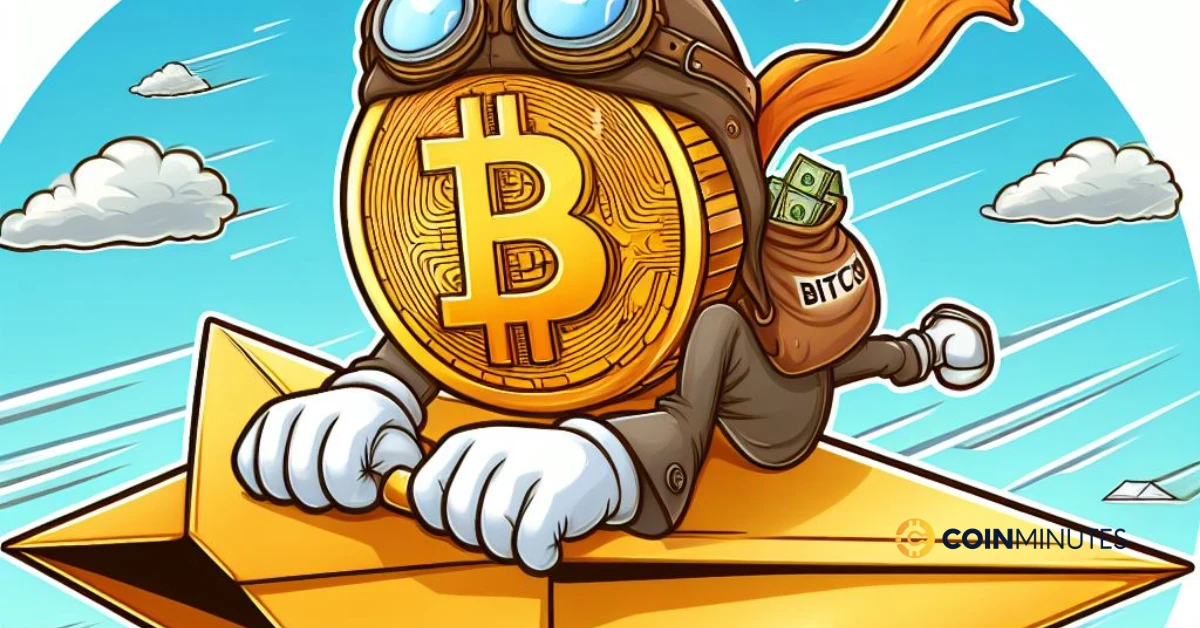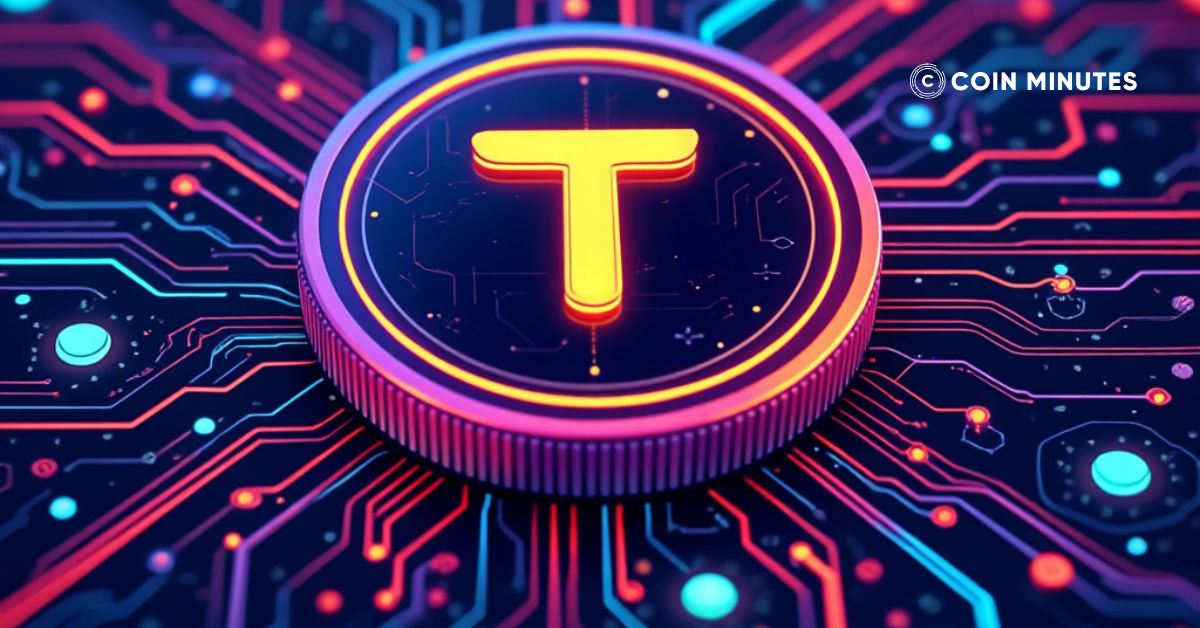Bitcoin has emerged as the most popular and widely used cryptocurrency in digital currencies. One of the key advantages of Bitcoin is its ability to facilitate peer-to-peer transactions without the need for intermediaries like banks.
So how long does it take to send Bitcoin? Is the speed of sending and receiving Bitcoin as fast as we transfer money from bank to bank?
In this article, we’ll explore the factors that influence the speed of Bitcoin transactions and provide an overview of the typical timeframes involved.
Key Takeaways
|
How Long Does It Take to Send Bitcoin?
The time it takes to send Bitcoin can vary depending on several factors, including the current network congestion, the transaction fee paid, and the specific wallet or exchange used. The average time for a Bitcoin transaction to be confirmed is around 30 minutes. This is because it typically takes 10 minutes to mine a block, and a transaction needs 6 confirmations to be considered complete.
Read more: How Long Does It Take to Mine a Bitcoin
The quickest Bitcoin transactions can be completed in 10 minutes. This is only possible for transactions with very high fees, as miners give priority to these transactions. For instance, in December 2021, a Bitcoin transaction with a fee of $2,200 was confirmed in just 10 minutes and 12 seconds.
In some cases, Bitcoin transactions can take several hours or even days to be confirmed. This is typically due to network congestion or very low transaction fees. For example, in November 2021, a Bitcoin transaction with a fee of just $0.01 took over 6 hours to be confirmed.
In reality, you can track the progress of your Bitcoin transaction by using a blockchain explorer. Blockchain explorers allow you to view the status of Bitcoin transactions on the blockchain.
What Determines Bitcoin Transaction Speed?
Bitcoin transaction speed is influenced by several factors that interact with each other. Understanding these determinants can help you estimate how long a Bitcoin transaction may take to be confirmed. Here are the key factors that affect Bitcoin transaction speed:
- Network Congestion: Network congestion occurs when the number of transactions sent to the network exceeds the network’s capacity to process those transactions. In extreme cases, transactions may not be confirmed for hours, days, or even longer.
- Transaction Fees: Bitcoin miners prioritize transactions with higher fees, incentivizing users to pay more to expedite their transactions. This fee mechanism helps ensure network security and encourages miners to continue validating transactions.
- Network Hashrate: The hash rate represents the collective computing power of the Bitcoin network dedicated to solving complex cryptographic puzzles to secure the network and validate transactions. A higher hash rate generally translates to faster transaction processing.
- Block Size: Block size directly impacts the transaction processing time on the blockchain. If the block is not optimally utilized, the remaining transactions must wait in a queue to be processed, causing long wait times. Conversely, if the block is overutilized (i.e., too many transactions are added), the confirmation time for each transaction can increase due to waiting for the block to be confirmed.
- Block Time: The time it takes to generate a new block on the Bitcoin blockchain is known as the block time. This interval, currently around 10 minutes, determines the frequency with which transactions are confirmed and added to the permanent ledger.
How to Send Bitcoin Faster?
There are some ways you can do to speed up your Bitcoin transactions:
Pay a Higher Transaction Fee
The most effective way to speed up a Bitcoin transaction is to pay a higher transaction fee. Miners prioritize transactions with higher fees because these fees are part of their earnings. The higher the fee, the more likely your transaction will be included in the next block.
You can use a Bitcoin fee calculator to estimate how much you need to pay to confirm your transaction quickly. For example, if the current average fee is $0.20 per transaction, you could pay a fee of $0.40 to get your transaction confirmed in the next block.
Send Your Bitcoin During Off-peak Hour
The Bitcoin network is less congested during off-peak hours, so transactions will likely be confirmed faster. Off-peak hours are typically early in the morning or late at night in your local time zone.
Use a Bitcoin Accelerator
There are a few Bitcoin accelerators available that can help you speed up your transactions. These services typically work by adding your transaction to a pool of paid transactions with a high fee. This can help confirm your transaction more quickly.
However, it is essential to note that Bitcoin accelerators are unreliable, and you may still experience delays. Additionally, some Bitcoin accelerators may charge a fee for their services.
Use a SegWit or Taproot Transaction
SegWit and Taproot are newer Bitcoin transaction formats that can help reduce the size of transactions and make them more efficient. This can lead to faster confirmation times.
However, not all wallets and exchanges support SegWit or Taproot transactions. You can only take advantage of their benefits using a wallet or exchange supporting these formats.
Second-layer Protocols
Second-layer protocols are a great way to send Bitcoin faster and potentially cheaper. They act as an intermediary layer, handling transactions off-chain (outside the main Bitcoin blockchain) but ultimately relying on the security of the main chain for final settlement. This allows for faster and cheaper transactions compared to traditional on-chain Bitcoin transactions. Popular second-layer protocols for Bitcoin are: Lightning network and RSK.
- Lightning Network: This widely adopted second-layer protocol uses a network of payment channels to facilitate fast and cheap micropayments. Imagine it as a separate network of channels where you and others can transact directly without needing the leading blockchain for every transaction. Only the final settlement needs to be recorded on the blockchain.
- RSK: This innovative contract platform built on Bitcoin offers faster transaction processing and more functionality than the base layer. It uses a two-way peg system where Bitcoin can be locked on the main chain, and a corresponding amount of RSK tokens are created on the RSK sidechain. This allows for faster and more complex transactions on the RSK network while still leveraging the security of the Bitcoin blockchain.
Read more: How to Send Bitcoin?
Additional Tips for Sending Bitcoin
- Make sure your Bitcoin address is correct. You will lose money if you send your Bitcoin to the wrong address.
- Double-check your transaction before you send it. Once you have sent a Bitcoin transaction, it cannot be reversed.
- Be patient. Even if you follow these tips, your transaction may take some time to confirm. This is simply the nature of the Bitcoin network.
The Bottom Line
When sending Bitcoin, the time it takes for the transaction to be completed can vary based on several factors. These factors include network congestion, transaction fees, and block confirmation time. Smaller transactions with higher fees can be confirmed relatively quickly, while larger transactions or those with lower fees may experience longer confirmation times.
To optimize the Bitcoin transaction experience, it’s important to stay informed about current network conditions, set appropriate transaction fees, and consider utilizing scaling solutions like SegWit and the Lightning Network.








